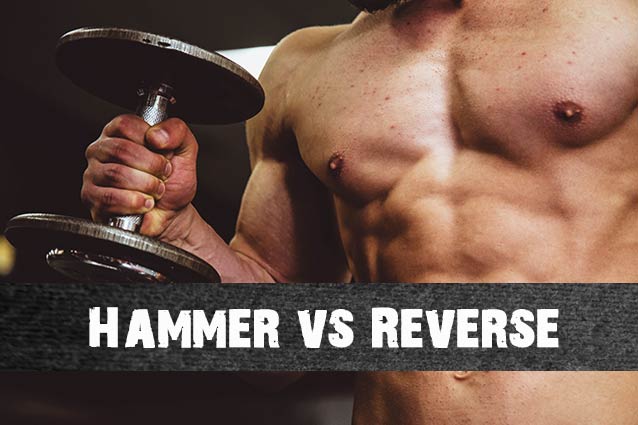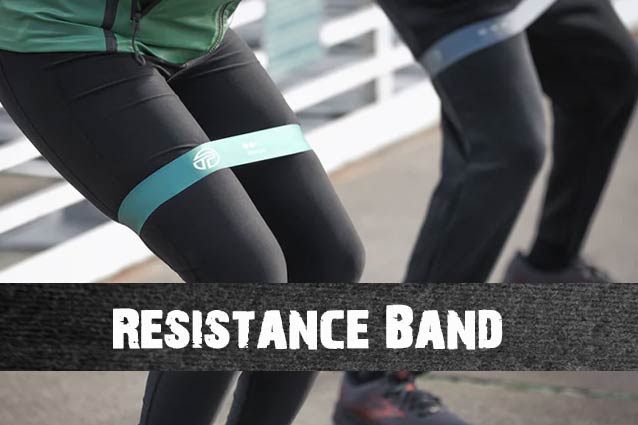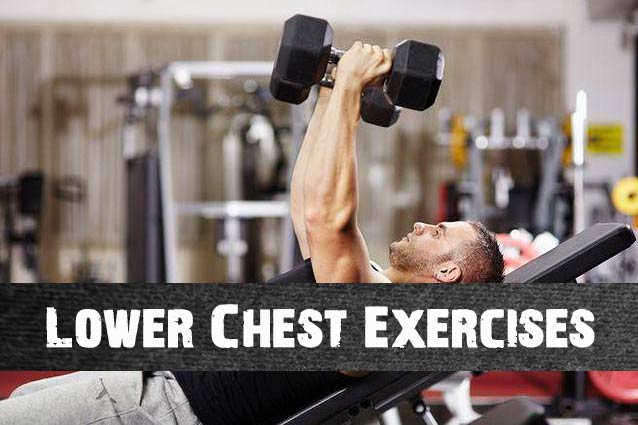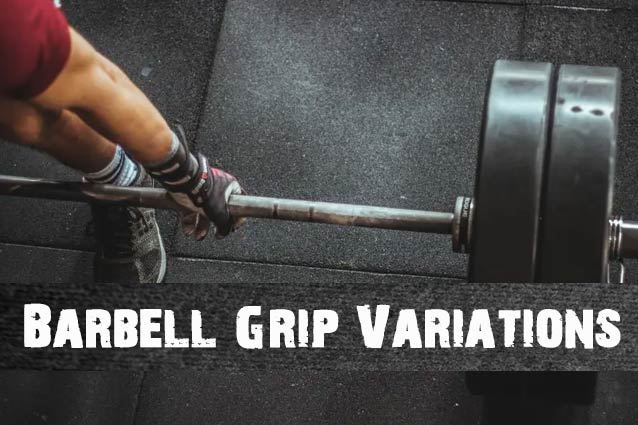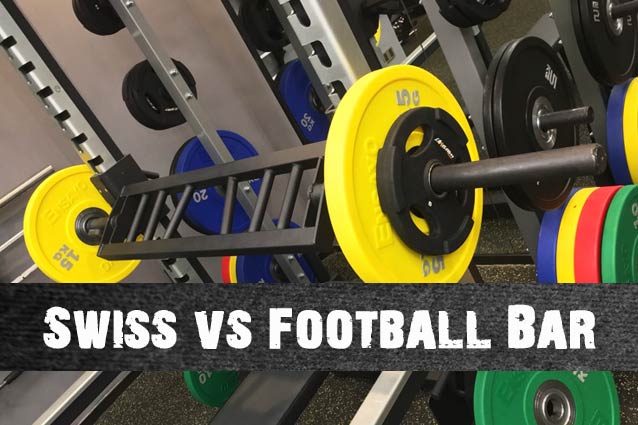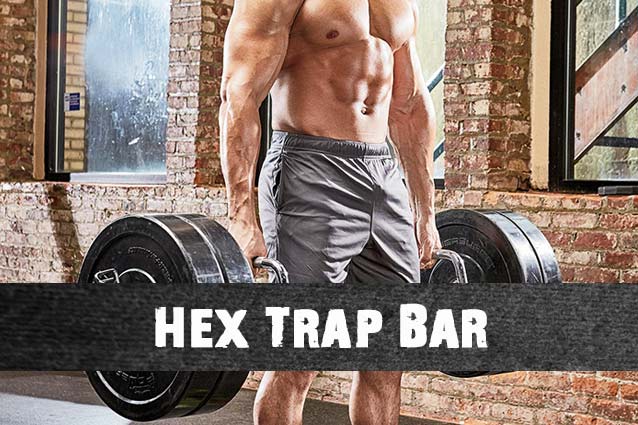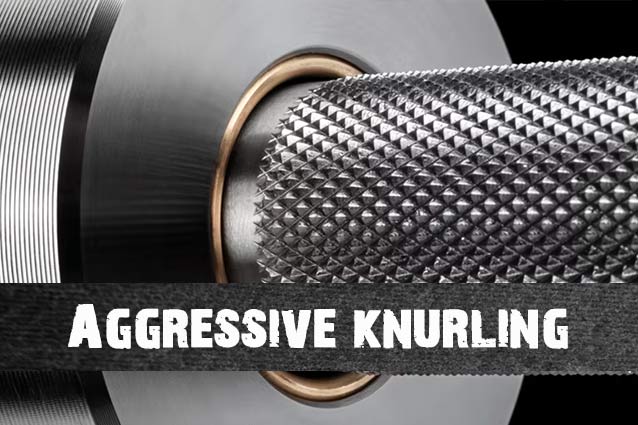Are you tired of the same old bicep curls? Looking for something to spice up your arm day routine? Well, look no further than hammer curls and reverse curls. These two exercises are often overlooked in favor of traditional bicep curls, but they can be a fantastic addition to your workout routine.
Hammer curls and reverse curls both target the biceps, but they work for slightly different muscle groups and have distinct benefits. Hammer curls target the brachialis muscle, which is located underneath the biceps and can help create a more well-rounded look to your arms. On the other hand, reverse curls target the brachioradialis muscle, which runs along the forearm and can help with grip strength.
So, which exercise should you choose?
I spent eight hours researching the differences and benefits of hammer curls and reverse curls. To make it easy for you to read, I created a table and embedded a video to make it clear. I hope this information is helpful to you.
Let’s take a closer look at the differences between hammer curls and reverse curls and the benefits of each.
Hammer curls vs Reverse curls: Key Differences
Both Hammer curls and Reverse curls are great exercises that can help strengthen the forearms and biceps muscles.
However, they target different muscles and use different grips, execution, and variations. Knowing the differences between these exercises can help you choose the best one to target your specific training goals.
| Hammer Curls | Reverse Curls | |
|---|---|---|
| Grip | Neutral grip (palms facing each other) | Pronated grip (palms facing down) |
| Targeted Muscles | Brachioradialis, Biceps Brachii, and Forearms | Brachioradialis, Brachialis, and Forearms |
| Execution | Elbows are held tight against the body and the dumbbell is curled upwards in a hammer-like motion | Elbows are kept away from the body and the barbell is curled upwards toward the chest |
| Variation | Can be performed with dumbbells, cables, or barbells | Usually performed with a barbell |
| Difficulty | Easier to perform as it uses larger muscles | Harder to perform as it isolates the smaller muscles |
| Weight Used | Generally, a lighter weight is used | Generally, a heavier weight is used |
| Muscle Emphasis | Emphasizes the brachioradialis muscle and also targets the biceps brachii muscle and forearms | Emphasizes the brachialis muscle and also targets the brachioradialis muscle and forearms |
| Benefits | Helps build forearm strength and improves grip strength | Helps build forearm strength and improves grip strength, and also targets the brachialis muscle for greater arm thickness. |
| Common Mistakes | Swinging the weight, using momentum, and not fully extending the arm during the curl | Using the wrists to lift the weight and not fully extending the arm during the curl |
Forearms and Brachialis: Choose Hammer Curls or Reverse Curls?
Both hammer curls and reverse curls can be effective exercises for building forearm and brachialis muscle growth. However, they target the muscles slightly differently.
Hammer curls primarily work the brachialis muscle, which is a smaller muscle located underneath the biceps. It also works the brachioradialis, which is the muscle that runs along the forearm.
Reverse curls target the brachioradialis muscle, which is the muscle located on the top of the forearm, as well as the wrist extensors.
In terms of which exercise is better for growth, it depends on your individual goals and what muscles you want to focus on. If you want to primarily target the brachialis muscle for growth, hammer curls may be more effective. If you want to target the brachioradialis muscle, reverse curls may be a better option.
It’s also important to note that both exercises can be incorporated into your overall workout routine to ensure that you are targeting all the muscles in your forearms and arms for balanced muscle growth.
Which is Better for Increasing Forearm Strength?
Both Hammer Curls and Reverse Curls can help increase forearm strength. However, Reverse Curls may be more effective in targeting the forearm muscles specifically.
The Reverse Curl targets the brachioradialis muscle, which is a forearm muscle that plays a significant role in elbow flexion and forearm supination. This muscle is often overlooked in traditional biceps exercises, but is important for forearm strength and grip.
On the other hand, Hammer Curls primarily work the biceps brachii muscle and the brachialis muscle, which are also important for overall upper body strength, but do not specifically target the forearm muscles as much as Reverse Curls.
Therefore, if your goal is to specifically increase forearm strength, I would recommend incorporating Reverse Curls into your workout routine.
Hammer curls vs Reverse curls: Which is safer?
Hammer curl involves gripping a dumbbell with a neutral grip (palms facing each other) and curling the weight up to your shoulder while keeping your elbow stationary. For those with wrist or elbow issues, the hammer curl may be a better option than the reverse curl.
However, the reverse curl has unique requirements for grip (palms facing down) and can exacerbate pre-existing wrist or elbow injuries, leading to further damage. This is especially true if you’re using a straight bar instead of an EZ bar.
Both exercises are safe when performed with proper form and training methods.
To ensure a safe and effective workout, here are some useful tips to keep in mind.
Mistakes to Avoid
- Using too much weight: If you use weights that are too heavy, it can put excessive stress on your wrists and lead to injury.
- Poor form: If you don’t use proper form, such as not keeping your elbows tucked in or allowing your shoulders to slump forward, you can strain your muscles and potentially injure yourself.
- Existing wrist or elbow injuries: If you have pre-existing injuries to your wrists or elbows, performing reverse curls can exacerbate the problem and cause further injury.
- Neglecting warm-up: If you don’t properly warm up your muscles before performing hammer curls or reverse curls, it can increase your risk of injury.
- Overtraining: Performing reverse curls too frequently without giving your muscles sufficient time to rest and recover can lead to overuse injuries.
Who Should Avoid Hammer Curls?
People with pre-existing joint conditions, such as arthritis or tennis elbow, should consult with their healthcare provider before performing hammer curls.
Individuals with a history of wrist or elbow injuries should approach this exercise with caution.
People who are new to strength training or who have not performed hammer curls before should start with a lower weight and gradually increase the load.
People who experience pain, discomfort, or numbness during hammer curls should stop the exercise immediately and seek medical advice.
Who may need to be cautious when doing Reverse curls?
Individuals with wrist or elbow pain: Reverse curls put significant stress on the wrist and elbow joints, so people with pre-existing wrist or elbow injuries or pain may experience discomfort or further aggravate their condition while performing this exercise.
People with limited range of motion: Reverse curls require a good range of motion in the wrist and elbow joints. Individuals who have a limited range of motion due to previous injuries or medical conditions may find this exercise challenging or uncomfortable.
Beginners or those without proper form: Reverse curls can be challenging to perform correctly, especially for beginners or those who have not been properly trained in weightlifting techniques. Poor form can increase the risk of injury.
Benefits of Hammer Curls
Hammer curls are a dumbbell-based compound exercise best known for inducing strength and hypertrophy developments in the forearms and biceps.
Biceps Development: Hammer curls primarily target the biceps brachii muscle, which is one of the main muscles responsible for flexing the elbow joint. As you perform hammer curls, you will be able to increase the strength and size of your biceps.
Upper Arm Definition: Consistently performing hammer curls can help create more definition in your upper arms, which can contribute to a more aesthetic appearance.
Joint Health: Hammer curls can help improve the health of your elbows and wrists, as they involve controlled movements that can help stabilize these joints.
Benefits of Reverse Curls
Forearm Development: Reverse curls primarily target the brachioradialis muscle in the forearm, which is responsible for elbow flexion and forearm supination. As you perform reverse curls, you will be able to increase the strength and size of your forearm muscles.
Upper Arm Definition: Reverse curls can also contribute to creating more definition in your upper arms, which can improve your overall aesthetic appearance.
Grip Strength: The forearm muscles targeted by reverse curls are essential for grip strength. By incorporating this exercise into your workout routine, you can improve your ability to hold onto objects and perform various exercises.
Versatility: Reverse curls can be performed with dumbbells, barbells, or cable machines, making it a versatile exercise that can be easily incorporated into various workout routines.
How to perform hammer curls correctly?
- Stand with your feet shoulder-width apart and hold a dumbbell in each hand with your palms facing inward toward each other. This is the starting position.
- Keep your elbows close to your sides and engage your core for stability.
- Slowly curl the dumbbells towards your shoulders while keeping your palms facing inward throughout the movement.
- Squeeze your biceps at the top of the movement and hold for a second.
- Slowly lower the dumbbells back to the starting position with control, keeping your elbows close to your sides.
- Repeat for the desired number of repetitions.
Here is a detailed video demonstration that you can refer to.
How to perform reverse curls correctly?
Here are some steps to perform reverse curls correctly:
- Grip the EZ bar with an overhand (pronated) grip.
- Place your feet shoulder-width apart and establish a slight bend in the knees.
- Straighten the spine and maintain a neutral head position with the gaze looking forwards.
- Curl the weight up towards your shoulders while keeping your elbows stationary.
- Pause at the top of the movement for a second or two before lowering back down to starting position.
If your forearms are exhausted during reverse curls, it means you’re effectively targeting them.
Summary
In conclusion, both hammer curls and reverse curls are effective exercises for building forearm and upper arm strength.
If you’re looking to specifically target your brachioradialis muscle and work on your grip strength, reverse curls might be the way to go. On the other hand, if you’re interested in developing your biceps while also working on your forearm strength, hammer curls could be the exercise for you.
Incorporating both exercises into your workout routine can provide a well-rounded approach to building forearm and upper arm strength. However, it’s important to prioritize safety and proper form when performing these exercises to avoid injury and achieve the best results.
So go ahead and try out both hammer curls and reverse curls in your next arm day workout! Remember to challenge yourself with the appropriate weight and focus on proper form for maximum benefit.
Keep up the hard work and stay consistent, and you’ll see results in no time!
Hi! I’m Chris Lewis. I’m a certified personal trainer with over 10 years of experience helping clients achieve fitness goals. As someone passionate about fitness, I understand the importance of living a healthy and positive lifestyle–and I want to help others achieve this goal. Whether you want to lose weight, exercise muscles, or just improve your overall health, I will guide and support you in every step.

